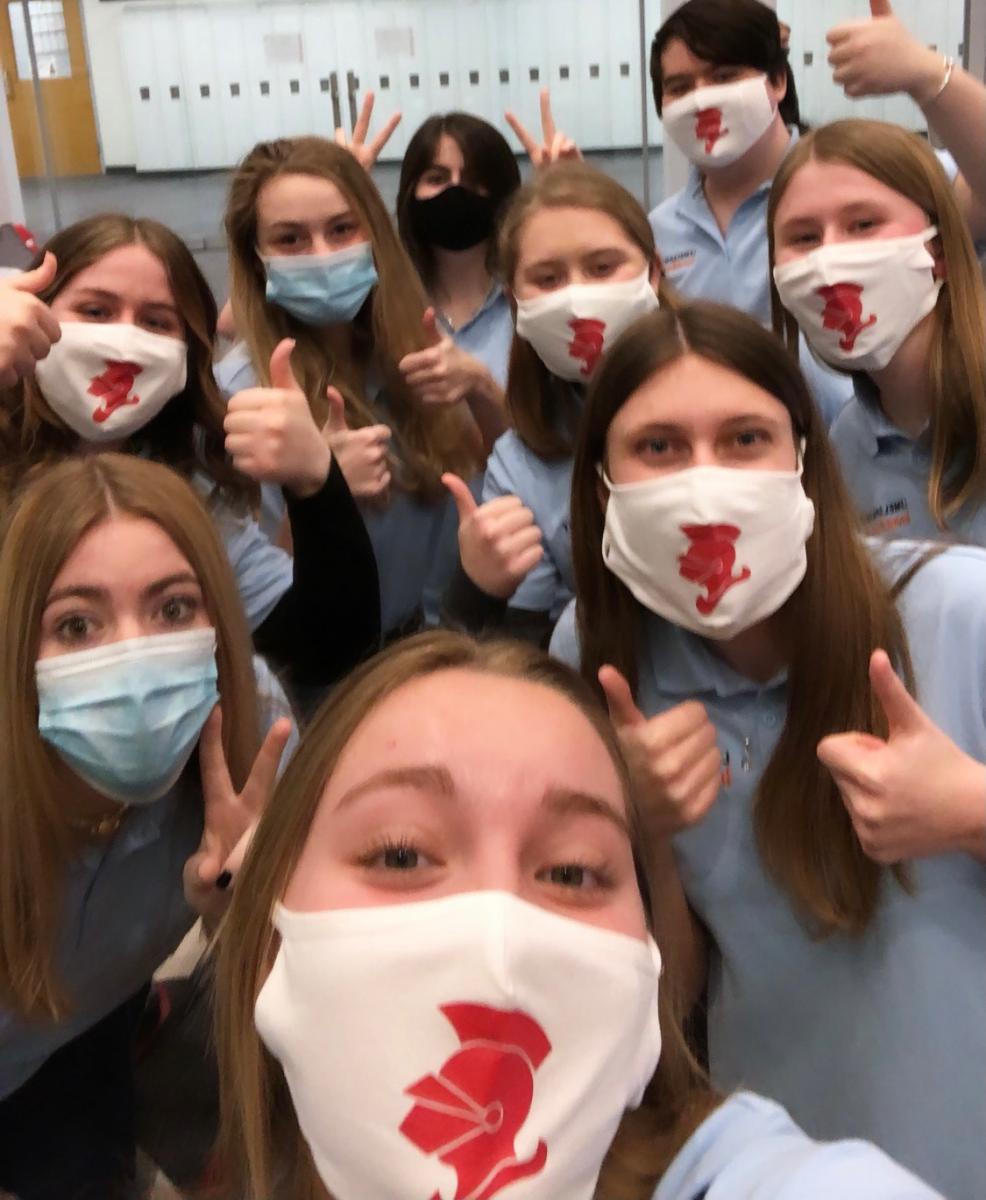Febuary
This month we focused on preparing for the mid grant technical review that took place on February 26. During this meeting, we gave viewers an update on what we have been working on. Four groups, including the research, sustainability, technical and financial team, presented during the meeting. Each team gave updates on what they are working on right now.
During the research team presentation we talked about how we have been working on trying to get an IRB protocol for our helping hand. We plan on giving out an online survey to patients at Courage Kenny and people that work with the patients to get their feedback on our arm. In the survey, we show a video of our arm working and hitting an elevator button. After the video, we have a survey created on google forms that the people at Courage Kenny can take and give feedback. Once we have the data collected from the surveys, we will put the feedback in a spreadsheet, take that feedback into account, and make changes on our arm. We have also been communicating with Mr. White at Courage Kenny and keeping him updated about our progress.
During the sustainability presentation, we talked about how our team and people as BSM are sustainable. One thing we discussed was how our team is sustainable because we reuse a lot of different resources. An example of this is when we use old parts from other projects instead of buying new ones. When we develop new ideas, we do ruff prototyping by using cheap materials like popsicle sticks and legos that we already have in the engineering room. We also are taking into consideration the idea of designing for disassembly. So, it can make it easier for our product to be repaired or upgraded and help ensure our arm can be recycled and its components to be reused. By using fewer fasteners such as glues, nuts, and bolts, we can simplify and speed disassembly later on. To become more sustainable as a team, we want to start researching how the things we buy affect the environment before we pay for it. We also are trying to reduce the amount of material we use, also known as lightweight or source reduction, to try and optimize materials and cost.
During the technical presentation, we showed a closer view of our first prototype, the cascading rail system, and went more in-depth into how it works. We also talked about what we have learned from our development process, including things like how to be safe using large machines, programming in Arduino IDE, and many other useful skills. Finally, we spent the end of our presentation discussing how we want the project to progress and plans we have moving forward, ending with a brief technical Q&A. We talked about the problems we had, like communication and even ones with our prototype. We also mentioned how we would have liked some feedback from Mr. White, but we were unable to attain that with the current circumstances (COVID-19).
During the financial presentation, we talked about what we have spent our money on thus far in the year. After that, we talked about how we plan to spend the rest of our $10,000 grant, including our spending for our own Eureka fest held at our school in the spring.

We want to say another thank you to Lemelson-MIT for helping us put on a great virtual mid-grant technical review, and we look forward to continuing to prepare for Eureka Fest in June.

